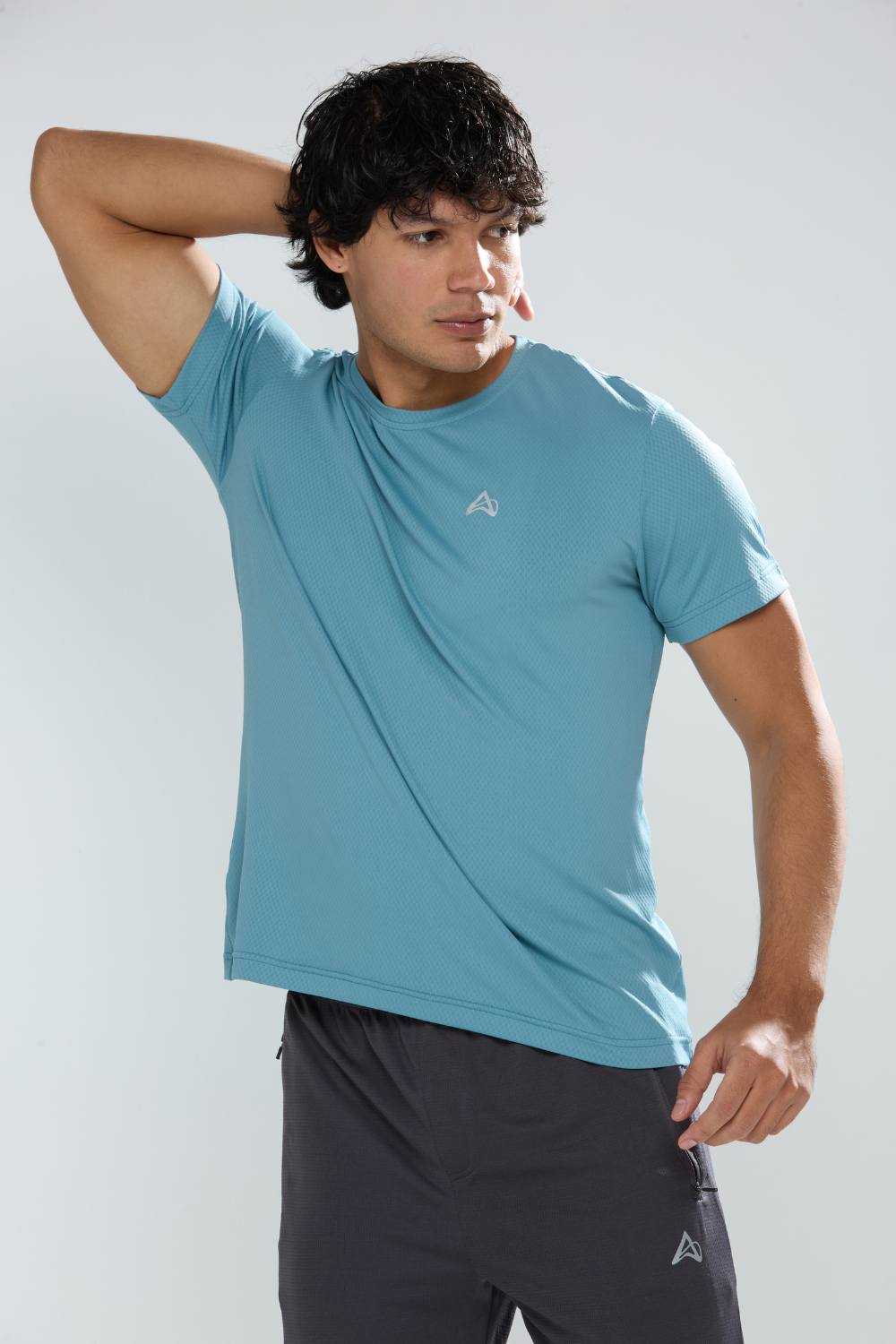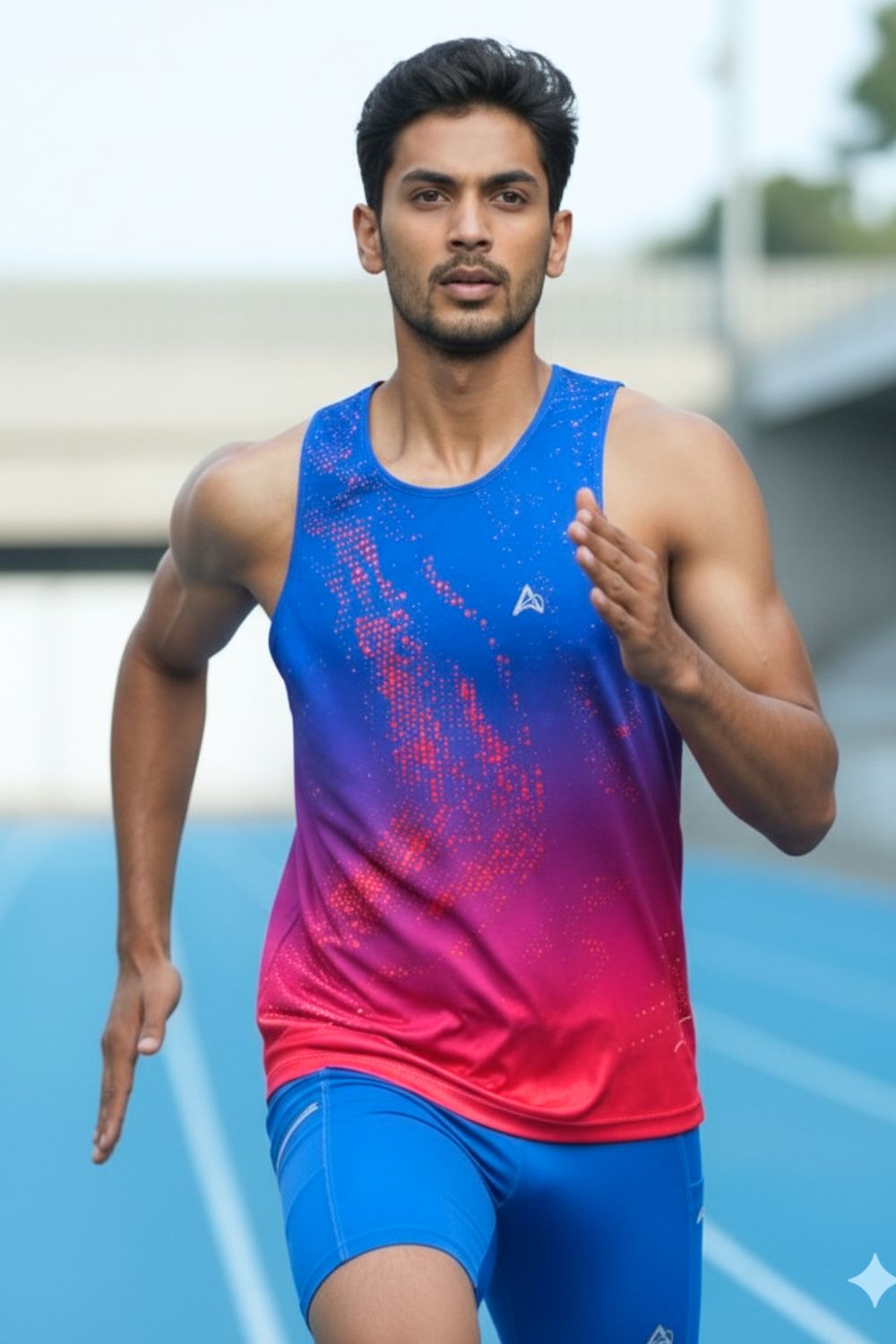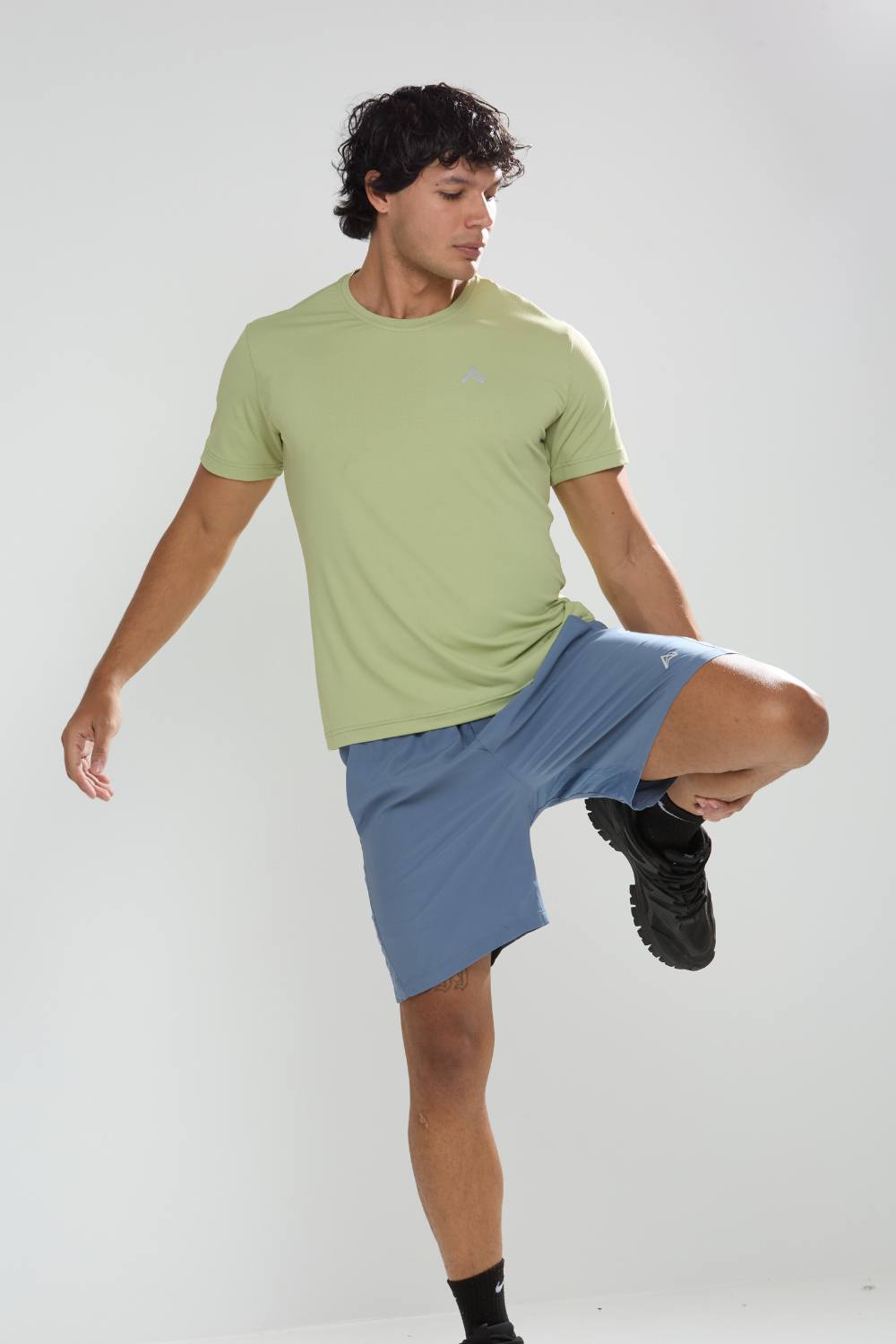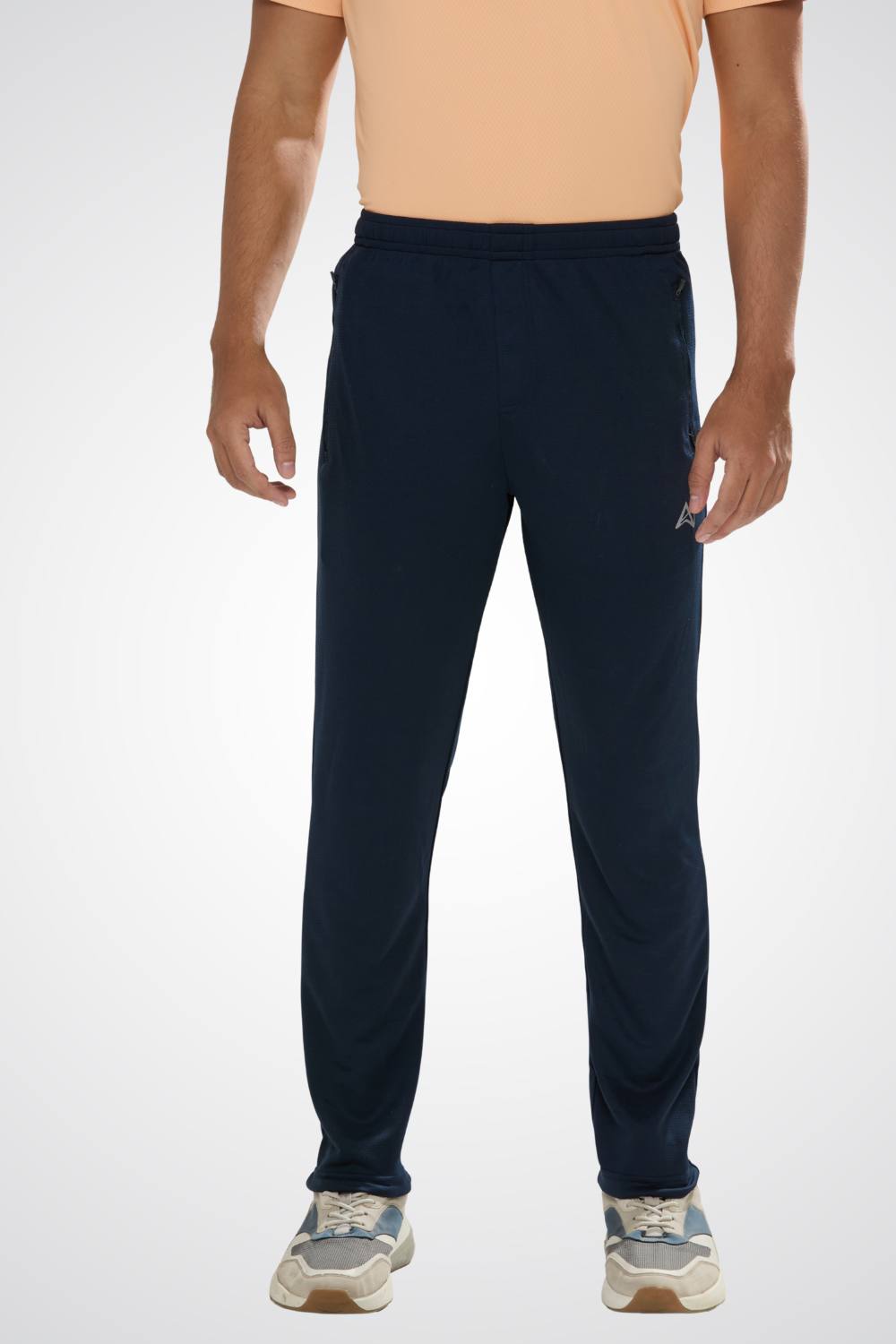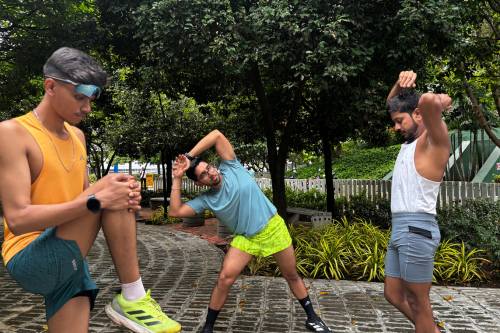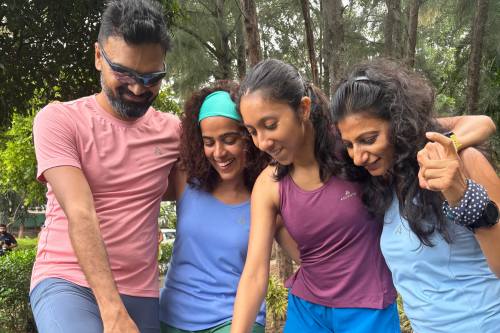Quick Listen:
With the rising demand for performance-driven athletic apparel, this guide explores the essential running gear that ensures safety, comfort, and performance during runs.
Tired of gear that slows you down? Chafing, soggy fabrics, and missing pockets kill your run's momentum. At Aguante, we're runners who get it. Our high-performance activewear features moisture-wicking fabrics, ergonomic designs, and smart storage to keep you focused. Shop Now!
The Surge of Running as a Lifestyle
Running captivates with its simplicity: no steep fees, no crowded classes, just you, the path, and a reliable pair of shoes. It slots effortlessly into the chaos of modern life, whether weaving through urban sprawl or escaping to wooded trails. Yet, beneath this accessibility lies a stark reality. Data from Yale Medicine specialists reveals that over half precisely 50% or more of dedicated runners face injuries yearly, predominantly from repetitive strain rather than dramatic mishaps like tumbles. Elizabeth Gardner, MD, an orthopedic expert in sports medicine at Yale, captures the passion and peril succinctly: Runners are utterly devoted, but safeguarding that devotion demands deliberate readiness to sidestep setbacks.
This duality propels the industry's momentum. The worldwide running gear arena, encompassing shoes, clothing, and tech add-ons crafted for every skill level, is on a trajectory of expansion. Analysts at Custom Market Insights forecast a leap from $23.4 billion in 2024 to $51.6 billion come 2033, propelled by a steady 9.2% CAGR. Europe holds the largest share today, while Asia-Pacific sprints ahead as the quickest grower, with titans like Nike, Adidas, ASICS, Under Armour, and New Balance leading the charge. Parallelly, the apparel subset think sweat-defying tops, airy shorts, form-fitting leggings, weather-resistant jackets, and cushioned socks mirrors this vigor, climbing from $16 billion in 2024 to $25 billion by 2033 at a 5.1% CAGR, serving everyone from weekend warriors to elite competitors.
What underpins this growth? A confluence of wellness fervor, tech leaps, and the athleisure boom, as Introspective Market Research outlines. Valued at $14.2 billion in 2023, the sector eyes $37.2 billion by 2032 with an 11.3% CAGR through 2032. Runners seek gear that amplifies endurance, bolsters stability, eases strain, and fortifies against hazards from sweat-regulating outfits and precision footwear to hydration packs, pace-monitoring gadgets, visibility-enhancing nightwear, and recovery aids like compression socks. In urban powerhouses like New York, Los Angeles, and Chicago, where dense populations and event spectacles converge, this demand intensifies, turning city streets into innovation incubators.
Breakthroughs Redefining the Run
Gone are the eras of soggy cotton and clunky kicks; contemporary running attire pulses with ingenuity. Intelligent textiles now master climate control, evaporating perspiration to maintain equilibrium in scorching sprints or chilly dawn patrols. Compression garments sleek leggings and arm wraps have exploded in adoption, promoting vascular flow and hastening post-run rebound. Shoes, the cornerstone, boast paradigms like adaptive padding that rebounds energy and featherweight builds that defy weariness. As market analysts affirm, opting for the ideal sneaker maximizes mileage, curbing harm while refining the sensory thrill of motion.
Eco-responsibility weaves through these evolutions. With eco-aware athletes voicing louder, manufacturers pivot to reclaimed synthetics, compostable treads, and natural fibers, aligning performance with planetary care. Global forecasts predict this ecosystem hitting $51.3 billion by 2030 via a brisk 12.67% CAGR, as from niche hobby to ubiquitous health staple, it caters to swelling ranks of hobbyists and pros alike. Demands for supreme ease, metric-monitored prowess, and green ethos challenge creators, who fuse responsive weaves, embedded trackers, and shock-absorbing tech to push apparel and footwear frontiers. Supply chains toughen, fabrics evolve, and engagement tactics sharpen, navigating tariffs, segments, regions, and strategies in a narrative of reinvention.
Enter wearables: GPS-laden chronometers, biometric bands, and pulse sensors now orbit every serious stride, interfacing seamlessly with digital platforms for granular logs on pace, vitality, and technique. These aren't gadgets; they're coaches in your pocket, dissecting data to hone regimens and preempt pitfalls. Brands innovate relentlessly, embedding such smarts into vests for fluid carriage or pods for stride analytics, ensuring no runner lags in the information age.
From Concept to Pavement: Proven Successes
Under Armour exemplifies mastery in thermoregulation, deploying evaporative shirts that banish clamminess in steamy conditions, turning oppressive heat into manageable allies for trailblazers. This isn't theory; it's the edge that sustains output when temperatures climb. Similarly, the pivot to body-conscious designs marks progress. Apparel now contours to unique silhouettes women's shorts hugging diverse curves, men's uppers granting toe-room largesse fostering inclusivity and efficacy across genders and forms.
At the heart of these strides? The voice of the pack. User testimonials refine hydration harnesses into unobtrusive allies and gait sensors into precision tools. Spotting gripes over cumbersome flasks, innovators distilled them to bounce-free reservoirs, proving that iterative listening forges gear that resonates. In event epicenters, where thousands converge annually, such refinements shine, amplifying participation and loyalty.
Navigating Persistent Hurdles
For all its strides, the field grapples with compromises. Merging plushness, longevity, and ventilation often yields concessions a vaporous layer frays swiftly, a rugged boot resists flex. Premium integrations, from neural laces to sensor weaves, inflate costs, pricing out novices and erecting equity chasms in a sport meant for all.
Foremost lingers injury's shadow. Pinnacle products mitigate, yet mismatched fits or relentless volume spawn ills like tibial twinges or bone strains. Yale's findings reiterate: Overexertion besets the unwary, demanding holistic vigilance gear as ally, not panacea. Tune into cues; calibrate intensity.
Horizons of Expansion
Prospects abound in accessibility. Lines broaden for fuller figures and bespoke supports vaulted arches, broad bases embracing every form. Bespoke subscriptions emerge, curating quarterly kits keyed to biomechanics, terrains, or rehab arcs, envisioning insoles molded to your stride or fabrics tuned to sweat profiles.
Synergies across sectors beckon: silicon valleys wedding with sportswear for sensor-laced ensembles that whisper analytics in real-time. Megacities, bastions of vibrant fitness scenes, incubate these, their spectacles and demographics igniting trials that ripple globally.
Charting the Path Forward
Seasoned therapists and trainers concur: Gear must mirror your modus leisurely loops or record assaults. Precision fits avert abrasions; evaporative layers sustain stamina. Elites evolve arsenals not for vanity, but vitality preservation.
The vista gleams with promise. Machine learning may sculpt bespoke kicks from gait scans; additive manufacturing yields soles sculpted to idiosyncrasies. Green imperatives intensify, steering purchases toward virtuous chains. As this colossus endures, remember: Optimal outfitting transcends solace it's the catalyst propelling you onward, stride by empowered stride.
Frequently Asked Questions
What essential running gear do I need for safer runs?
Essential running gear for safer runs includes proper running shoes with adaptive padding and energy return, moisture-wicking clothing to prevent chafing and maintain body temperature, and visibility-enhancing gear for nighttime runs. Additional safety items like GPS watches, hydration packs, and compression garments can help prevent injuries and improve performance during your runs.
How much should I expect to spend on quality running gear?
The running gear market has seen significant growth, with premium features like smart textiles and embedded sensors increasing costs. While basic running gear can be affordable, high-performance items with advanced technologies like moisture-wicking fabrics, compression features, and wearable sensors can be more expensive. It's important to prioritize proper-fitting shoes and moisture-managing clothing as your foundation, then add specialized gear based on your running goals and budget.
What are the most common running injuries and how can proper gear help prevent them?
Over 50% of dedicated runners face injuries yearly, with most stemming from repetitive strain rather than accidents, according to Yale Medicine specialists. Common injuries include shin splints and stress fractures from overexertion or ill-fitting gear. Proper running shoes with adequate cushioning, moisture-wicking clothing to prevent chafing, and compression garments to improve blood flow can significantly reduce injury risk when combined with proper training techniques and listening to your body's signals.
Disclaimer: The above helpful resources content contains personal opinions and experiences. The information provided is for general knowledge and does not constitute professional advice.
You may also be interested in: How Indian Runners Build Endurance With Proper Gear
Tired of gear that slows you down? Chafing, soggy fabrics, and missing pockets kill your run's momentum. At Aguante, we're runners who get it. Our high-performance activewear features moisture-wicking fabrics, ergonomic designs, and smart storage to keep you focused. Shop Now!
Powered by flareAI.co





